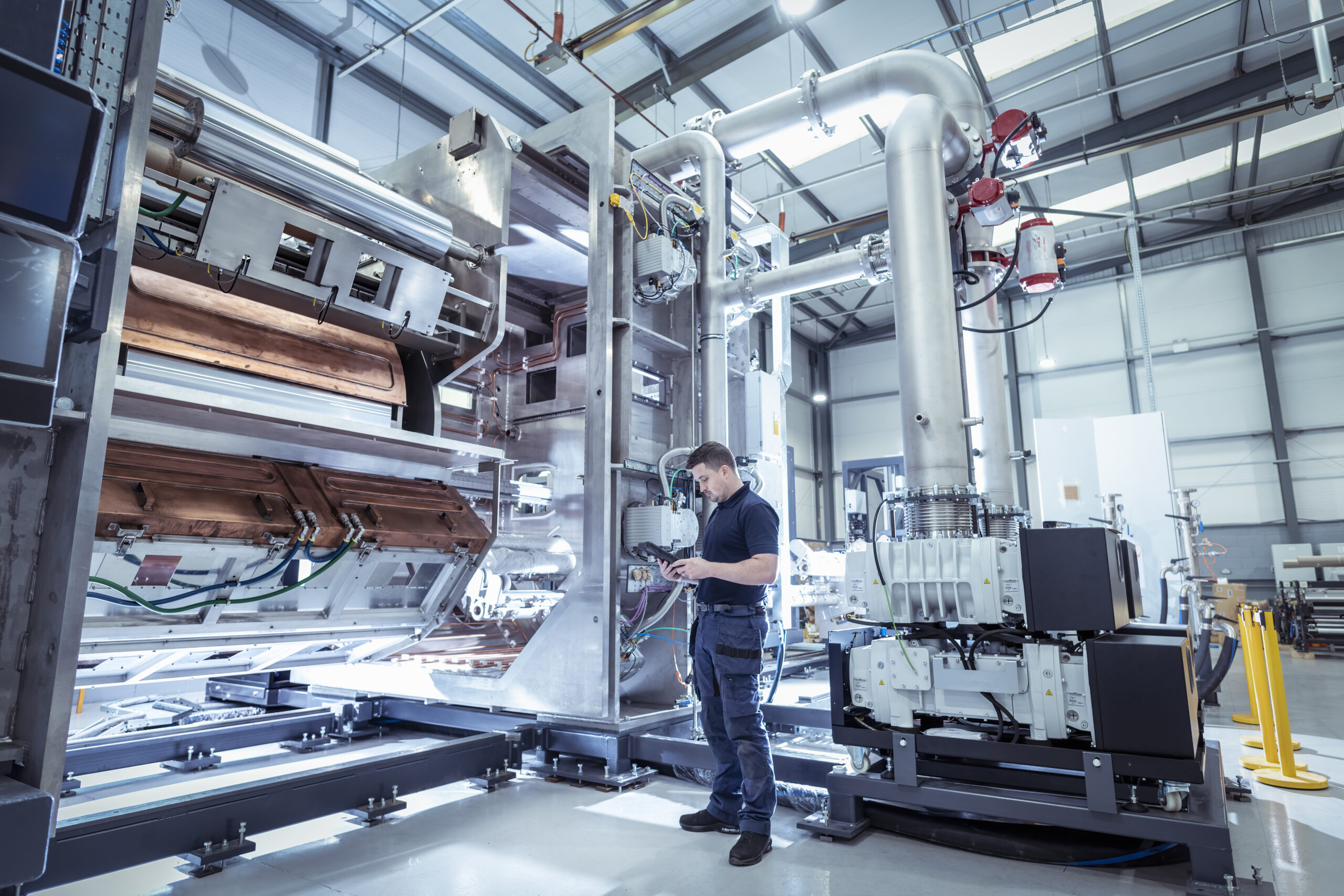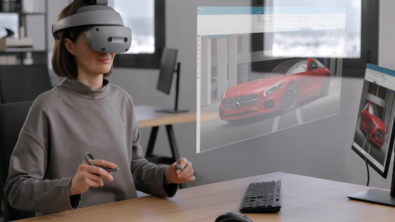Inside machine building for the battery manufacturing industry transcript – Ep.1

Chris Pennington: Hi, everyone. Welcome back to the Siemens Smart Manufacturing podcast series. I’m your host, Chris Pennington, Global Industry Marketing Leader for Industrial Machinery at Siemens Digital Industries Software. This episode of our smart manufacturing podcasts covers the challenges, battery manufacturers and machine builders face, and how digital transformation is key to success.
Today we’re joined by our expert Rahul Garg, Vice President for Industrial Machinery, and the SMB Program at Siemens Digital Industries Software roles. His 25-year career includes delivering global software-based solutions for product engineering and manufacturing innovation. In addition, we’ll be speaking with Puneet Sinha, senior director for the battery industry at Siemens Digital Industries Software. Many thanks for joining us today.
Puneet, could you give us a brief introduction and tell our listeners about your role at Siemens?
Puneet Sinha: Hello, Chris. Hey Rahul, I’m glad to be on this podcast. I have been with Siemens for seven years. Currently, I’m responsible for inbound and outbound strategy of Siemens for batteries. That means the solutions that Siemens needs to develop and to market to add value to the battery ecosystem.
Chris Pennington: Thanks for the introduction, Puneet. Now I’d like to begin with a question to you, Rahul. We see many industries beginning to adopt smart manufacturing technologies. What are some of the reasons driving this shift?
Rahul Garg: Not surprisingly, the pandemic was a major driver for a lot of these challenges that many customers started facing; challenges such as supply chain issues, remote work, labor shortages, sustainability demands and communicating with customers. All these issues got most manufacturers to rethink the way they do their manufacturing processes, and that’s where the adoption of smart manufacturing and digitalization took off in a much more aggressive manner.
Some of the traditional things have always been around like increased competition, the need to produce products faster without compromising quality, rapidly evolving technology and the need to connect different silos of data systems. They were already there to certain extent, but in my view, the pandemic in 2022 was a big catalyst to get all companies to look at how things can be done differently and start to adopt new ways of doing things. And this is why we have been looking at industrial machinery and manufacturing as a whole.
Puneet, I would like to understand from you how smart manufacturing and battery manufacturing have evolved in the light of this renaissance that’s been going on in smart manufacturing over the last couple of years.
Puneet Sinha: Great question, Rahul. Before I get to what’s driving this renaissance, it’s important to take a step back and look at battery manufacturing. It’s not a new thing. Many companies, especially in Asia Pacific, have been doing battery manufacturing for more than 20 years. 1991 was when Sony commercialized lithium-ion batteries. It’s a 30 plus year old technology.
But in conversations, when I have talked to a lot of these companies in battery manufacturing, they have been very experienced driven. Literally, there are companies and experts that they have grown, they can touch the machines and talk about if the machine working or not. So, I always think of battery manufacturing as cake baking. Just because you and I have the same recipe doesn’t mean you and I can create the same quality of cake. You—being a more experienced bake—will have a much better cake than I surely will produce. Battery manufacturing is exactly the same. Just because you have the same recipe and processes doesn’t mean it will end up in the same quality of battery, and that is a big reason why we are seeing so much emphasis and challenges in battery manufacturing 30 years down the line.
It is being driven by two key things that have happened in last 10 years. One is the demand for electric vehicles as the industry grows as well as growing grid level energy storage demand due to renewable energy becoming part of the energy mix. Lithium and battery demand is growing heavily. Actually, the forecast is that by the end of this decade, the battery production capacity needs to be 14 times where it was at the beginning of this decade.
This rapid demand that needs to be met by the battery industry now cannot be satisfied just through experience driven manufacturing. Companies who have been doing battery manufacturing for last 20 plus years. The new companies who are jumping into the fray need to improve the quality of their batteries while producing those batteries at lower cost, and open new factories globally.
Especially when you look at recent government regulations that are encouraging localization of manufacturing. More specifically, the US is encouraging battery manufacturing onshoring due to the IRA (Inflation Reduction Act). All of these things are why the whole industry is looking at battery manufacturing in a new way and asking how they can improve the quality and reduce costs all while achieving a much larger scale battery manufacturing.
The way for them to do that is figuring out how they can leverage the data that they are collecting or not utilizing from the factory floor to improve the processes, the throughput yield, and many other factors like this. That is where the battery manufacturing meets the discipline of smart manufacturing.
Rahul Garg: Actually, just on that one point, there are a lot of countries that are also promoting the need to start developing that competency of manufacturing within their geographical regions. It’s just not to the US. If you were to go to any of the top 20 or 30 economically developed countries, each one has an initiative to start building competencies for battery manufacturing.
Puneet Sinha: That’s a great point. This is not just limited to US. Many other countries are taking the same approach. They are looking to onshore battery manufacturing as a keyway to expand their economy. Many other countries are taking the same approach where they are looking to onshore battery manufacturing, build expertise, and bring the battery industry to their countries to grow their economy and tap into the most humongous growth driver in the world. Countries like India. If you look at India, and many countries in Southeast Asia, they are heavily investing to bring battery manufacturing from scratch.
But if you also look at Korea, China, where there has been a lot of battery manufacturing capacity, a lot of machine builders are looking to expand those capacities and produce new factories. And all this fluidity in the battery ecosystem is making it very essential that battery manufacturing becomes more democratized, and more data driven rather than being shackled to the experience.
Siemens Digital Industries Software helps organizations of all sizes digitally transform using software, hardware and services from the Siemens Xcelerator business platform. Siemens’ software and the comprehensive digital twin enable companies to optimize their design, engineering and manufacturing processes to turn today’s ideas into the sustainable products of the future. From chips to entire systems, from product to process, across all industries. Siemens Digital Industries Software – Accelerating transformation.


